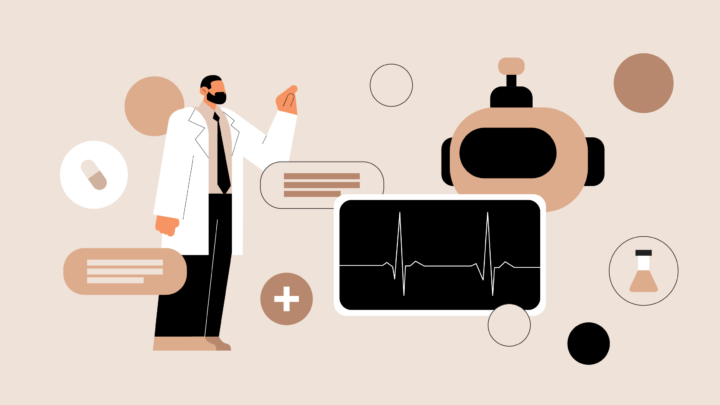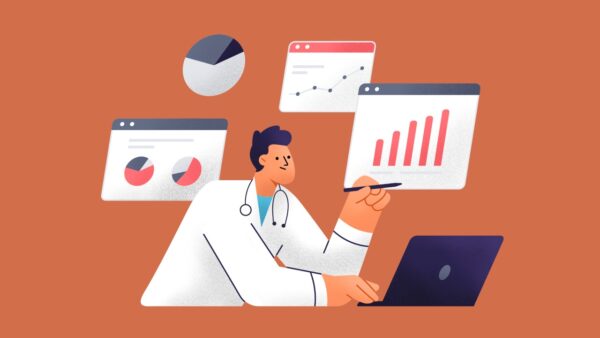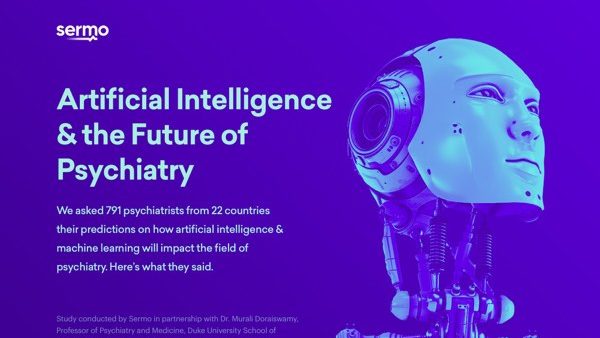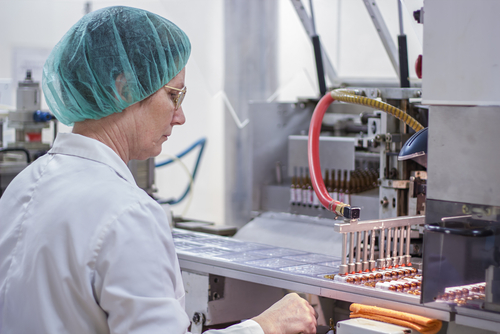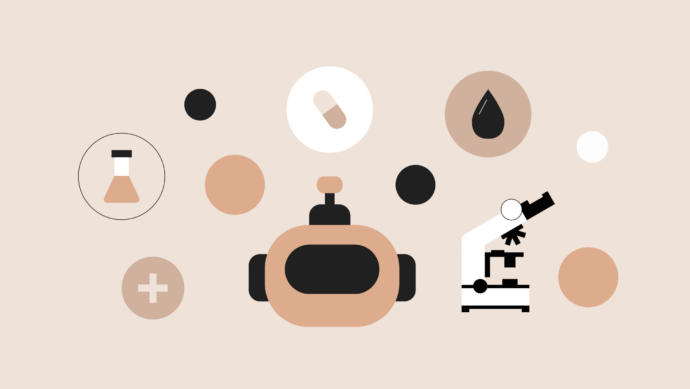
It’s an exciting time in medical history. While unconventional advances in medical technology characterized the 2010s, we’re positioned to drive even greater innovation in the next decade. Artificial intelligence (AI) is becoming smarter, robots are more precise and research is deeper than ever before.
Although the future of medical technology is never certain, we can examine the sector’s current landscape to gather insight into where its momentum may lead in the coming years.
8 Medical technology advances to explore
A lot of what we consider technologically revolutionary isn’t truly new. While AI is a leader among new medical innovations, it’s been used in medicine since the 1970s—or the 1950s, depending on how you define “involved.” One reason people think of AI and other forms of technology as revolutionary is their recent rate of advancement.
Sermo members agree. Inside the private community, one doctor posted, “Emerging medical technologies are rapidly transforming healthcare, offering both exciting opportunities and potential challenges. As we witness advancements in telemedicine, artificial intelligence, wearable tech, and more, these innovations promise to enhance patient care and accessibility.”
While not all of the following are technically “new” medical technologies, all have a fast-growing body of literature and an evolving rate of development. And each shows great promise for the tomorrow of medicine.
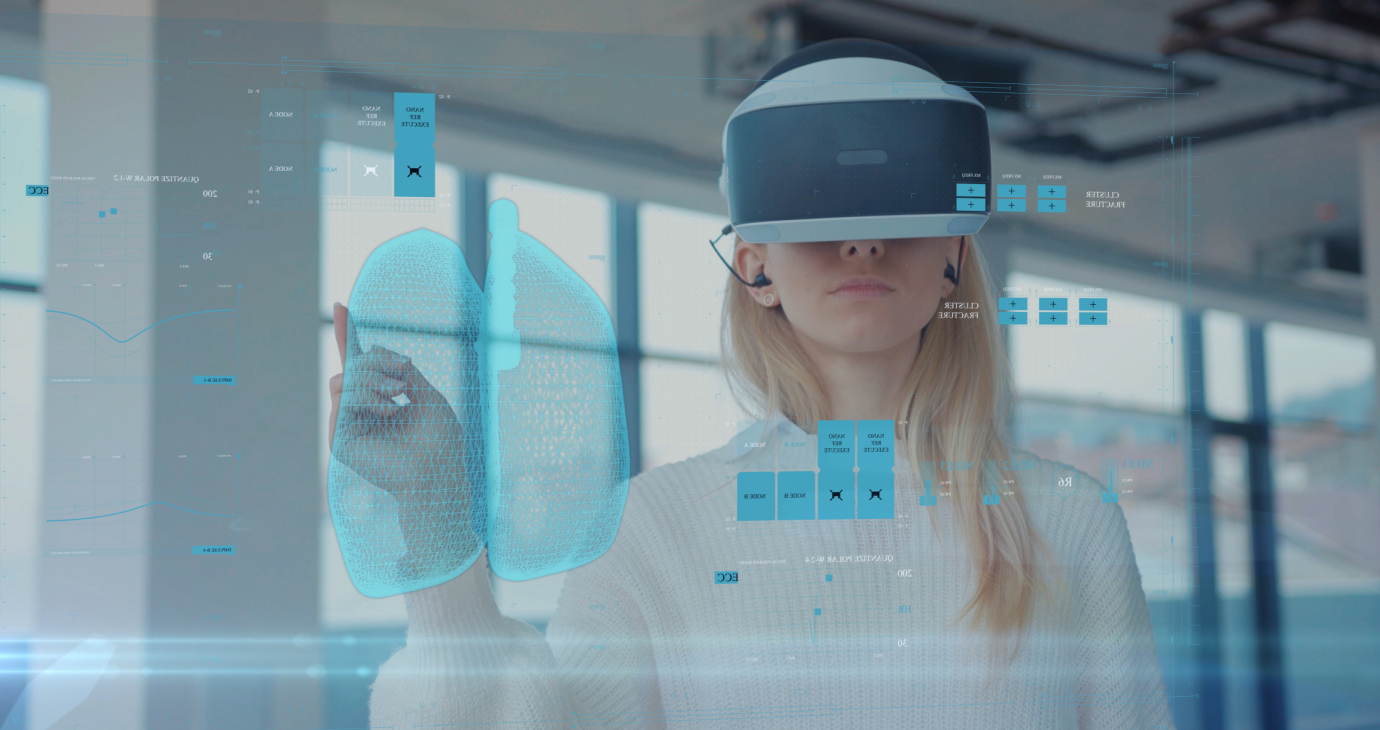
1. Virtual reality (VR)
Doctors and medical students increasingly use VR for different purposes, from pain management as a distraction mechanism and surgical rehearsals to simulation training.
A scoping review published in the Journal of Advances in Medical Education & Professionalism found that virtual reality-based training improved learning outcomes in 17 studies. Even more compelling, the review found that 20 studies reported higher accuracy in medical practice among those trained with VR.
More notable applicational benefits of VR include improved surgical training, reduced surgical completion time and enhanced understanding of the external and internal spatial relationships among organs.
2. Telemedicine
While the COVID-19 pandemic pushed telemedicine—and digital health in general—into the mainstream, researchers assert that it continues to be an integral part of healthcare. Telemedicine is particularly interesting both for its accessibility and its commercial implications.
Many private practices use telemedicine to scale operations and even open the door to new revenue streams, like online subscription models that provide 24/7 access to care. In 2024, the number of patients worldwide who consulted with their doctor online surpassed 116 million, nearly doubling from about 57 million in 2019. As we move through 2025 and beyond, physicians will likely continue to capitalize on this trend by integrating telemedicine to reach and treat otherwise inaccessible patient populations.
Telemedicine applies to certain specialties more than others. According to the American Medical Association, radiology, psychiatry and cardiology use telemedicine most frequently to interact with their patients. Allergists, gastroenterologists and OB-GYNs use it the least.
3. Wearable devices
The advanced monitoring capabilities of wearable devices help physicians provide remote care for many patients, particularly those with chronic diseases. These devices—typically smart wristwatches—can track a range of data, including heart rate, blood oxygen saturation and body temperature.
According to research published in Diagnostics, a wearable device that continuously collects ECG, skin impedance, temperature and patient activity data can predict heart failure exacerbations within a 10-day window, improving early intervention. More generally, a study in the Journal of Global Health revealed that physicians who encourage early disease detection through wearable health monitoring technology both enhance patient care outcomes and reduce healthcare costs.

4. Regenerative medicine
Regenerative medicine is a fast-expanding, multidisciplinary field. The purpose of regenerative therapy is to repair, replace or regenerate damaged cells, tissues or organs so they can regain their normal functionality.
Several areas of regenerative medicine have fast-expanding bodies of research—most notably gene therapy, cell therapy and tissue engineering. Other evolving, high-potential areas include prolotherapy and platelet-rich plasma (PRP) therapy.
Many researchers widely regard stem cell therapy as one of the most innovative fields in medicine. A variety of evolving multidisciplinary technological advancements make stem cell interventions possible, including the refinement of iPSC reprogramming methods and the development of automated bioreactor systems.
From improving neuronal survival and function in Parkinson’s, Alzheimer’s and frontotemporal dementia to enhancing glycemic control and reducing insulin dependence in both type 1 and type 2 diabetes, stem cell therapy’s potential viability extends far and wide.
5. 3D printing
Like other forms of evolving innovative medical technology, physicians use 3D printing for multiple purposes. Its use cases span creating patient-specific bone scaffolds and manufacturing joint tissue implants to producing multidrug tablets and anatomical models.
One group of researchers found that 3D-printed chewable formulations for children with certain metabolic disorders—maple syrup urine disease, ornithine transcarbamylase deficiency and short-chain enoyl-CoA hydratase deficiency—maintained target amino acid levels as effectively as conventional medications. The medicine also narrowed fluctuations in blood levels, allowed for polypill combinations and improved both patient acceptability and treatment adherence.
Another group of researchers successfully 3D printed alveolar lung tissue with functional, multilayered structures that responded physiologically to infection—an area with a developing body of literature and a whole lot of promise.
Inside Sermo, one doctor said, “3D printing has revolutionized the creation of artificial organs and tissues, offering new opportunities in regenerative medicine and customizing prosthetics, functional organs and tissues are being developed for use in transplants and drug trials, which could reduce the transplant waiting list and improve patient outcomes.”
6. CRISPR-Cas9 gene editing
CRISPR-Cas9 is a gene-editing technology that uses the Cas9 enzyme and a guide RNA to target and cut specific DNA sequences. After cutting, researchers can remove, insert or modify genetic material in living cells.
An article in Global Medical Genetics reports that CRISPR technology could treat a range of inherited disorders. In a clinical application of CRISPR, researchers achieved successful in vivo gene editing in LCA patients through AAV-mediated delivery. The targeted modification of the causative mutation in retinal cells resulted in measurable improvements in vision.
Other researchers demonstrated successful ex vivo correction of pathogenic mutations in HSCs from Beta Thalassemia patients using CRISPR, resulting in restored hemoglobin synthesis. This proof-of-concept study suggests a potential curative therapy for Beta Thalassemia.
Researchers recognize CRISPR for its potential while also urging caution. While this technology is developing quickly, there are challenges surrounding it—including an ethical question mark. In 2019, a group of scientists recommended a moratorium on the clinical use of germline editing until the ethical implications are better understood.

7. Artificial intelligence
To give you a sense of the rapid growth of AI in healthcare, consider that its market value was approximately $400 million in 2014. In 2024, it was about $27 billion, and by 2034, analysts project it could reach $614 billion. If that projection holds, it would represent an average annual growth rate of about 44% over 20 years.
Importantly, some doctors on Sermo believe AI will “change medical practice as we know it today,” by improving diagnosis and treatment plans while reducing costs.
While we’re poised for further AI developments in the near future, the technology already has significant economic, operational and clinical applications. Researchers at the National Institutes of Health (NIH) developed an AI algorithm, named TrialGPT, that streamlines the process of matching potential volunteers with relevant clinical research trials. Meanwhile, a World Economic Forum white paper reports that a typical top-10 pharmaceutical company could save over $1 billion in just five years by using generative AI to optimize trial design and deploy decentralized clinical trials.
On a more micro level:
- AI has the potential to significantly enhance early lung cancer detection, with a broad range of possible applications, like image reconstruction, segmentation and personalized screening programs.
- In dermatology, AI is enhancing the sensitivity and accuracy of screening for skin lesions, including malignant cases.
- The diagnostic landscape in cardiology is evolving as AI-powered algorithms improve the accuracy and efficiency of interpreting various diagnostic modalities, from electrocardiograms to advanced imaging.
Notably, AI is also central to the telemedicine sector’s sustained growth—particularly from the standpoint of delivering accessible, efficient and personalized remote care at scale. Plus, it adds more capabilities to robotics, 3D printing and other evolving technologies.
8. Robotics
Like AI, robotics isn’t a new medical technology. But its use cases are quickly developing. Robotic-assisted systems can perform minimally invasive procedures with greater surgical precision, smaller incisions and faster recovery times. For example, using the da Vinci Single Port(SP) robotic system, researchers demonstrated the technology’s capacity to safely perform single-port distal gastrectomies with a Pfannenstiel incision. This resulted in minimal scarring, shorter hospital stays (averaging three days) and no major postoperative complications for selected gastric cancer patients.
Beyond its current and potential future impact on surgery, the promise of robotics also notably extends to rehabilitation, patient monitoring (including remote monitoring) and prosthetics.
What are other physicians saying about advances in medical technology and healthcare?
It’s hard to keep up with medical news when you have a busy schedule. Luckily, Sermo’s online medical community has all the updates you need—right at your fingertips.
By becoming a Sermo member, you’ll join a global network of 1 million physicians who collaborate and learn from each other—whether on technology advances or other matters shaping the medical profession. Beyond discussing future medical technology with other physicians, Sermo offers the opportunity to contribute to medical research through paid surveys.




